New Zealand
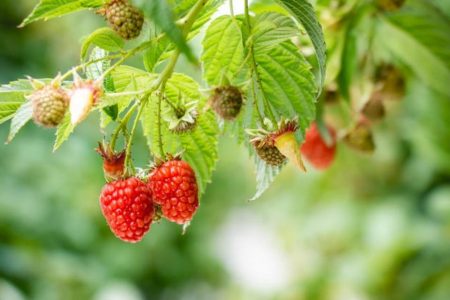
Year-round demand for berries a boon for Northland grower
A Whangārei berries producer is expanding its operation in the hopes of tapping into growing demand for year-round supply of fresh fruit.
Maungatapere Berries is partnering with local iwi Ngāpuhi and Far North District Council’s commercial arm to build a new 28 hectare site in Kaikohe, which is north of the company’s existing operation.
Company co-founder Patrick Malley said consumers’ changing needs had prompted the move.
“We’re seeing demand across the calendar, rather than just in certain peak months, for people to have access to good, healthy, safe, fresh, and affordable produce,” he said.
Read More here…
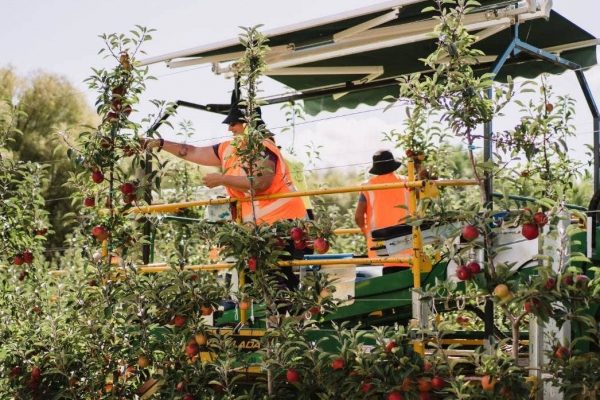
Apple industry fears even bigger losses as labour shortage bites
The apple industry is feeling the full force of a chronic labour shortage, as a new forecast shows this year’s crop will be down 14 per cent on last year.
New Zealand Apples and Pears Inc expects the export share of the national crop will be 19.3 million cartons, 3 million cartons fewer than last year, which represents a $95 million to $100m fall in export earnings.
But a Hawkes Bay grower believes those numbers are too ‘’optimistic,’’ and that his region alone will be down $100m.
Paul Paynter of Yummy said the figures reflected ‘’the calm before the storm’’ as some varieties were still to be picked.
Read More here…
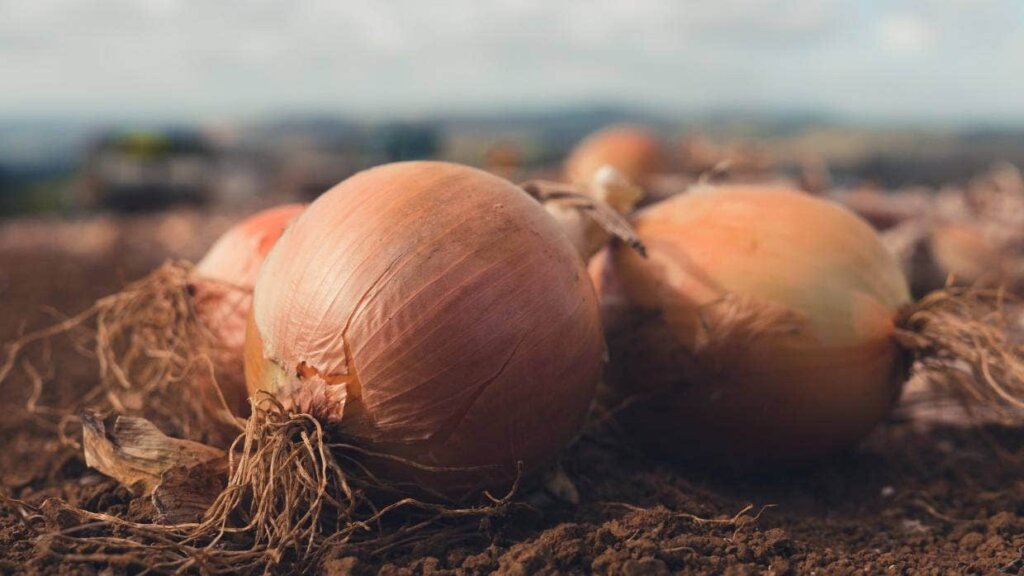
Onions miss the boat as horticulture exports struggle with shipping issues
Exporters are starting feel the impact of shipping problems, as vessels skip or stay shorter periods at ports, and empty containers remain unevenly spread throughout the country.
Over 50 containers of export onions, collectively worth about $600,000, missed their ship to Europe at Port of Tauranga last week, just as the onion export season hits its peak.
Onions New Zealand chief executive James Kuperus said the exporters concerned were hoping to catch the next ship in a week, but it was happening to growers every week.
Read more here…

Shipping delays cause headaches for primary sector exports
Global shipping delays are starting to cause headaches for New Zealand primary sector exports.
COVID-19 is causing delays at ports around the world and the impact in New Zealand has been exacerbated with severe delays at Ports of Auckland, which is only using around third of its crane capacity.
Auckland is often a first call for ships arriving in the country to deliver imports, and the vessel delays of up to 14 days are flowing to other New Zealand ports, causing a container yard congestion at Tauranga.
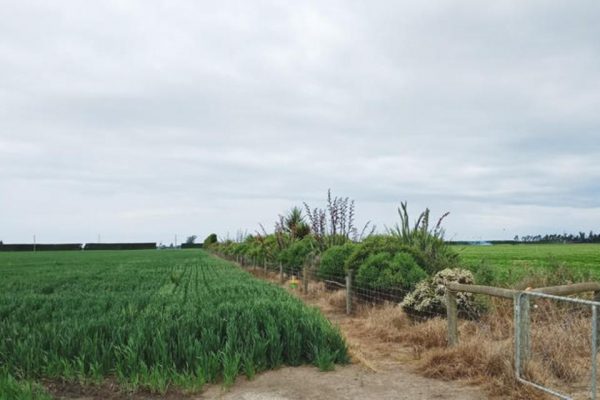
Study shows native plants can help boost crop yields
New research shows fruit and vegetable growers can utilise native bush to increase yields and protect plants from pests.
The Plant and Food Research study found having more native plants near crops could attract insects that help with pollination and combat some harmful pests.
Figures from the Ministry for Primary Industries showed insect-pollinated crops such as kiwifruit and avocados were worth about $2 billion to the national economy.
Co-author of the study Dr Melanie Davidson said more farmers were starting to restore native flora and this research showed they would be rewarded for their efforts.
Read More here…
Australia
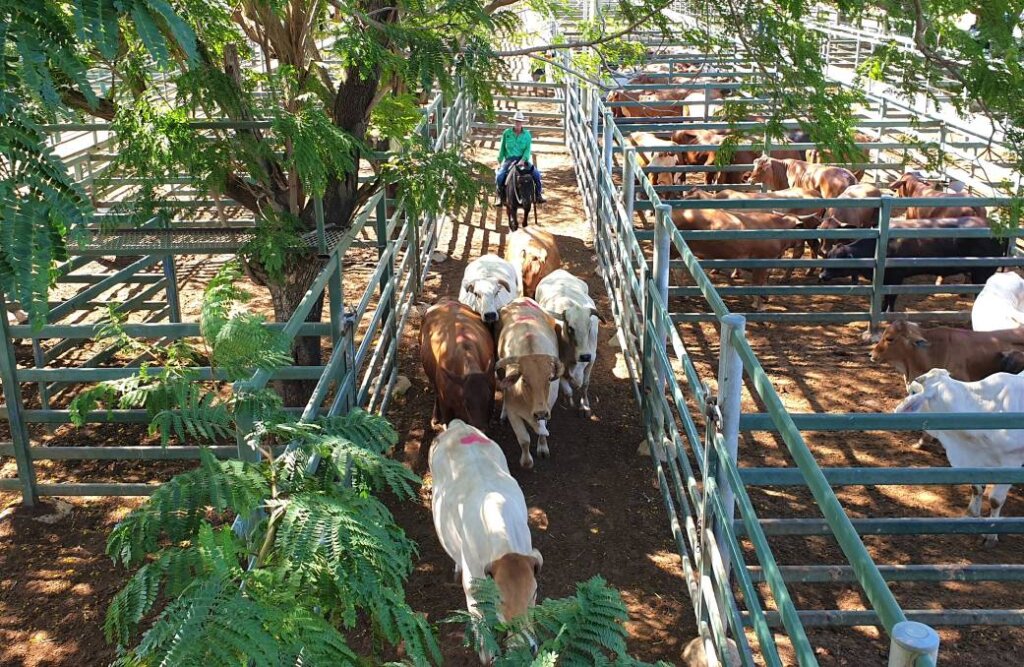
Rain could shoot cattle prices to yet another record
SHOULD this week’s forecast rain fill in many of the dry patches in Queensland cattle country, the upward pressure on the cattle market will come hard and fast.
So say agents, who report there are plenty of operations in the country’s biggest cattle producing state that will stop offloading and start restocking overnight on decent foundation winter falls.
With a Bureau of Meteorology eight-day forecast that has colour in every part of Queensland, plus most of NSW and Victoria, restocking fervour could see new heights in the next few weeks.
Some of the dryer central and north-west parts of Queensland are expecting more than 50mm.
Read more here…
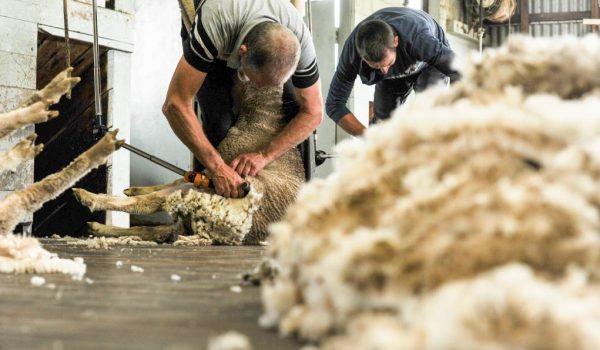
Wool industry wants the truth told to customers
Australian growers believe “telling the truth” to environmentally savvy customers about wool will help spur a resurgence in sales.
Growers on Thursday night launched the “Trust in Australian Wool” campaign which they say is a long overdue push to outline their credentials.
They believe Australia’s sheep industry is also well poised to help save the planet, an increasing focus of consumers.
“We look after the land, we look after our sheep and we can prove it,” WoolProducers Australia president Ed Storey said.
Read more here…

Wine producer backs domestic organic regulations
A MAJOR Australian organic wine producer has backed calls standardised domestic regulations to protect markets and enhance consumer confidence.
Angove Family Winemakers operates across two vineyards spanning 300 hectare in South Australia’s rich McLaren Vale and Riverland regions, and last year experienced a lift in revenue of $5.5 million to $7.6m because of a surging domestic and global appetite for organic wine.
Joint managing director Victoria Angove said she held concerns for consumer confidence in the entire organic sector without regulations for the consistent use of the word “organic”.
Read more here…
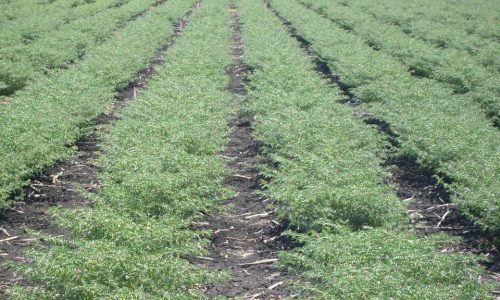
Wet week has farmers set for 2021 winter crop
A week of wet weather across Queensland’s major cropping areas has delivered the ideal for the 2021 winter crop.
Heavy and sometimes torrential rains stretching from northern, central, and southern Qld dumped a general 40mm to 60mm across the state’s winter cropping areas. Some areas received upwards of 100mm for the week.
Rainfall totals across the Central Highlands were variable. Most areas saw upwards of 40mm with Clermont recording 170mm in torrential storm. Last week’s rain will trigger early winter crop plantings across CQ where winter frosts are less of a problem than in southern Queensland.
Read more here…
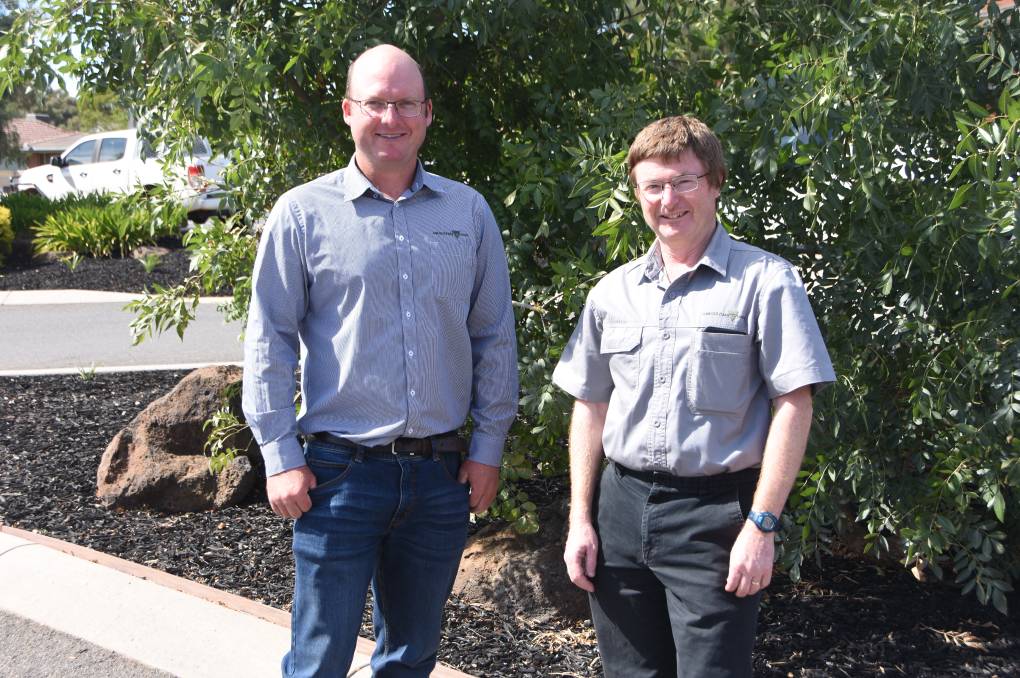
Warning out to watch for revitalised rust in cereal crops
Agriculture Victoria researchers are warning farmers that varieties they consider resistant to foliar fungal diseases such as stripe rust may be more at risk than first thought.
Plant pathologist Grant Hollaway said the University of Sydney had detected seven different strains of stripe rust disease last year, including an old strain, which meant the resistance ratings needed to be considered according to the strain.
He said the industry was providing two ratings this season, one reflecting resistance to the more common strains of the disease and one judged against the old strain.
Read more here…
South America
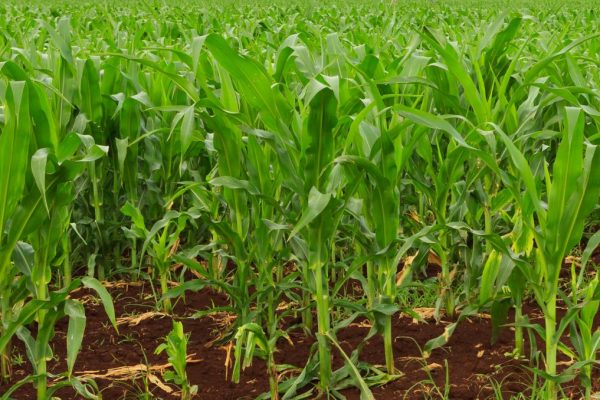
Weather woes persist for South American row crops
Brazil and Argentina’s weather situation has been a tale of opposites in recent weeks, and agricultural output is suffering.
Too much rain continues to delay both the soybean harvest and planting of the safrinha corn crop in Brazil.
Simultaneously, production estimates have been cut as drought conditions plague row crop production in Argentina.
As of early last week, Brazilian farmers had harvested about 35 per cent of the planted soybean area – which has been the slowest pace in a decade.
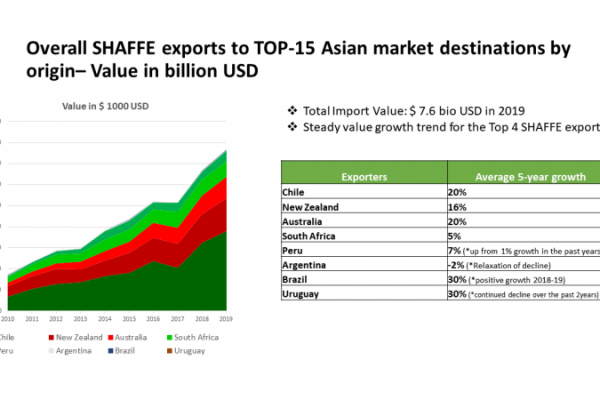
Understand S. Hemisphere–Asia Fresh Fruit Trade Flows at SHAFFE Congress
The Southern Hemisphere Association of Fresh Fruit Exporters (SHAFFE) on this coming Thursday, March 25, will host the first edition of the Southern Hemisphere Fresh Fruit Trade Congress, for which Produce Report is a media partner. The congress presents an ideal opportunity for participants from China to get in-depth statistics and analysis to understand the overall picture of fresh fruit trade flows from the major Southern Hemisphere exporting countries to the greater Asia region in general and China in particular.
SHAFFE was founded in 1991 as a platform for exchange between the key exporting countries of the Southern Hemisphere on matters of common concern: SPS, food safety, market access and other arising trade barriers. At present, the organization represents 25% of the global temperate fruit trade (11 million tons, $14 billion) from the eight leading Southern Hemisphere fruit-exporting nations: Australia, Argentina, Brazil, Chile, New Zealand, Peru, South Africa and Uruguay.
Read More here…
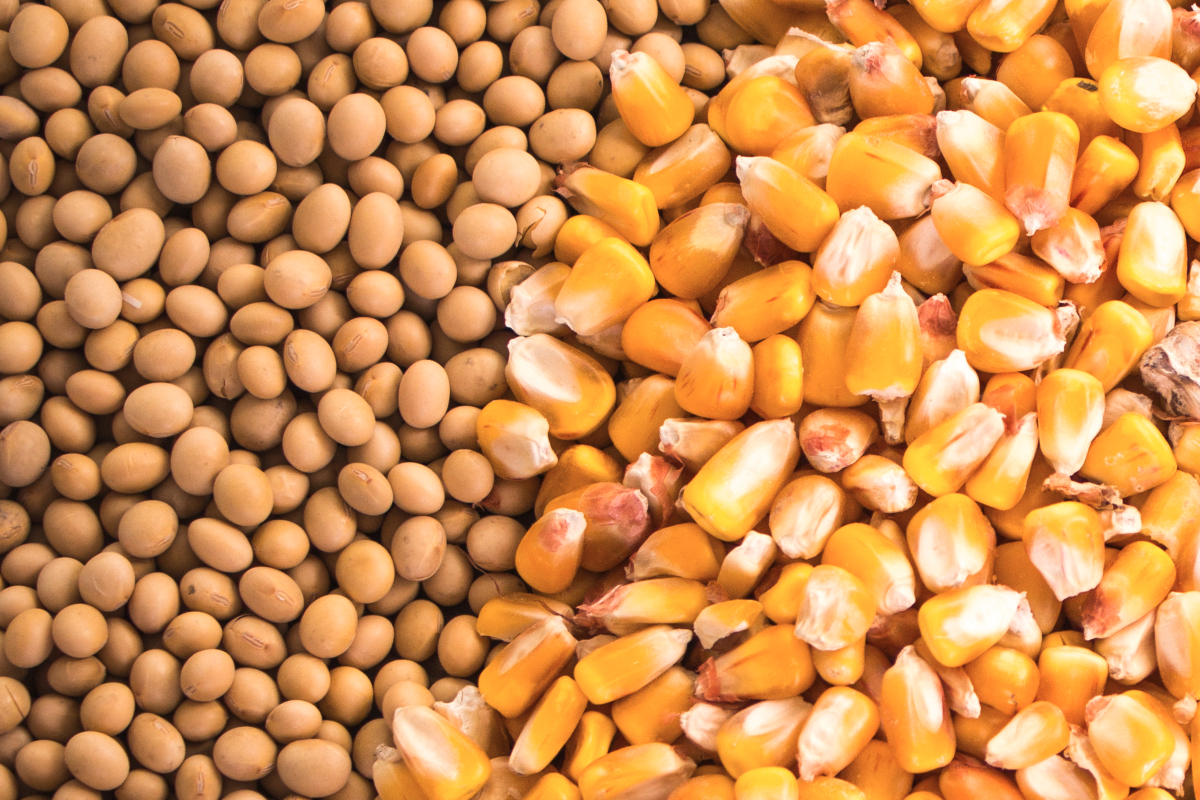
RAINS IN ARGENTINA SLOW DETERIORATION OF DROUGHT-HIT SOY, CORN CROPS
BUENOS AIRES, March 17 (Reuters) – Rain storms this week in Argentina’s Pampas farm belt have slowed the deterioration of many drought-hit soybean and corn fields, crop weather specialists said on Wednesday.
Dryness has blighted Pampas since mid-2020, prompting the Buenos Aires Grains Exchange last week to cut its soy and corn harvest estimates. Soy and corn are Argentina’s main cash crops.
“The rains have been very good. This has been the first storm front to make a complete sweep of the agricultural area in almost 45 days,” said German Heinzenknecht, meteorologist at the local Applied Climatology consultancy.
Food Updates
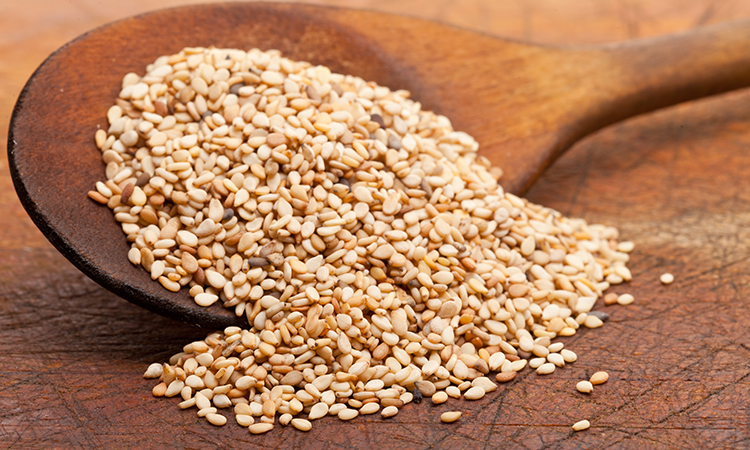
Will sesame join the big eight US allergens?
With sesame allergens on the rise in the US, we may see the ingredient added to the list of major allergens which must be declared. Dr Susan Mayne of the FDA explains more…
There are currently eight major food allergens regulated by the US Food and Drug Administration (FDA). Currently, if a food product contains milk, tree nuts, peanuts, crustacean shellfish, eggs, fish, wheat, or soy, then this must be declared on the packaging in the ingredients section.
Now a new law has just passed through the US Senate which, if cleared by the House and then signed by President Joe Biden, would add sesame to that list. Sesame allergens are becoming increasingly common. In fact, the American Academy of Allergy, Asthma, and Immunology claims it is the ninth most common food allergy in the US.
Read more here…

Sweetened beverages could increase breast cancer risk say researchers
Researchers from the University at Buffalo studied more than 900 women diagnosed with breast cancer in New York state as part of the study.
New research from the University at Buffalo suggests that breast cancer patients who drink sugar-sweetened beverages regularly are at increased risk for death from any cause and breast cancer in particular.
Compared to women who never or rarely drank non-diet fizzy drinks (soda), those who reported drinking non-diet soda five times or more per week had a 62 percent higher likelihood of dying from any causes, and were 85 percent more likely to die from breast cancer specifically. The findings were published in Cancer Epidemiology, Biomarkers & Prevention, a journal of the American Association for Cancer Research.
Read more here…

Handheld DNA sequencers could become a useful tool for manufacturers
Handheld devices could enable food manufacturers to perform routine surveillance quickly and has advantages over traditional lab-based methods – though there are hurdles to overcome.
Handheld devices are well suited to environmental monitoring during food production, and have key advantages in ease of use and in identifying a broad variety of bacteria, according to a new study published in the journal npj science of food (a Nature partner journal).
Read more here…
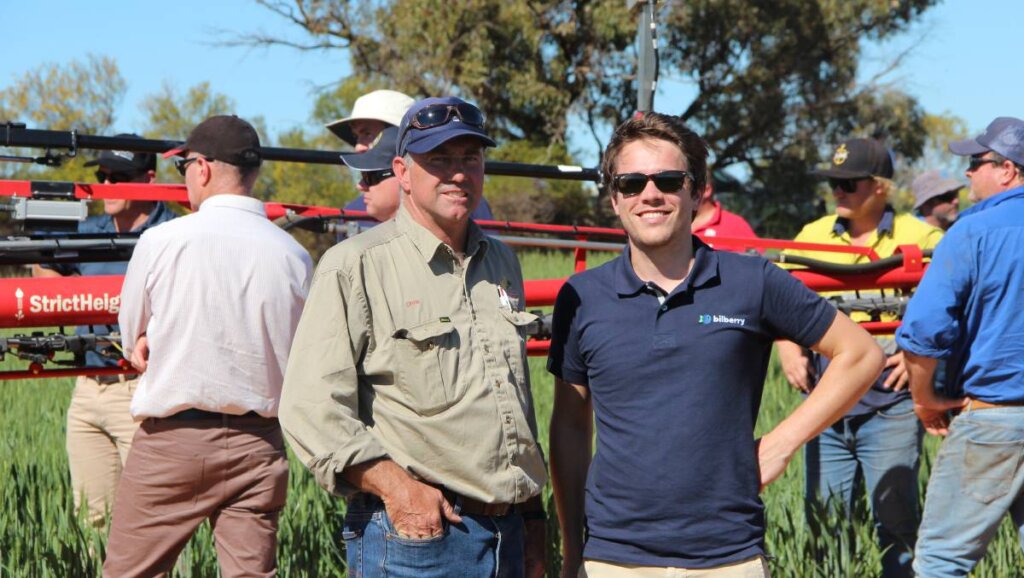
Green on green trial success
AN average hit ratio of 90 per cent and average kill ratio of 80pc – that’s the result of a 6000 hectare trial in Mullewa using new green on green technology which utilises camera systems to spray herbicides only on weeds.
Growers Andrew and Rod Messina purchased a 48 metre Agrifac self-propelled sprayer fitted with the technology from French start-up Bilberry in 2019, with the system used to spot spray broadleaf weeds, mainly radish, in wheat over the course of the 2020 season.
Read more here…
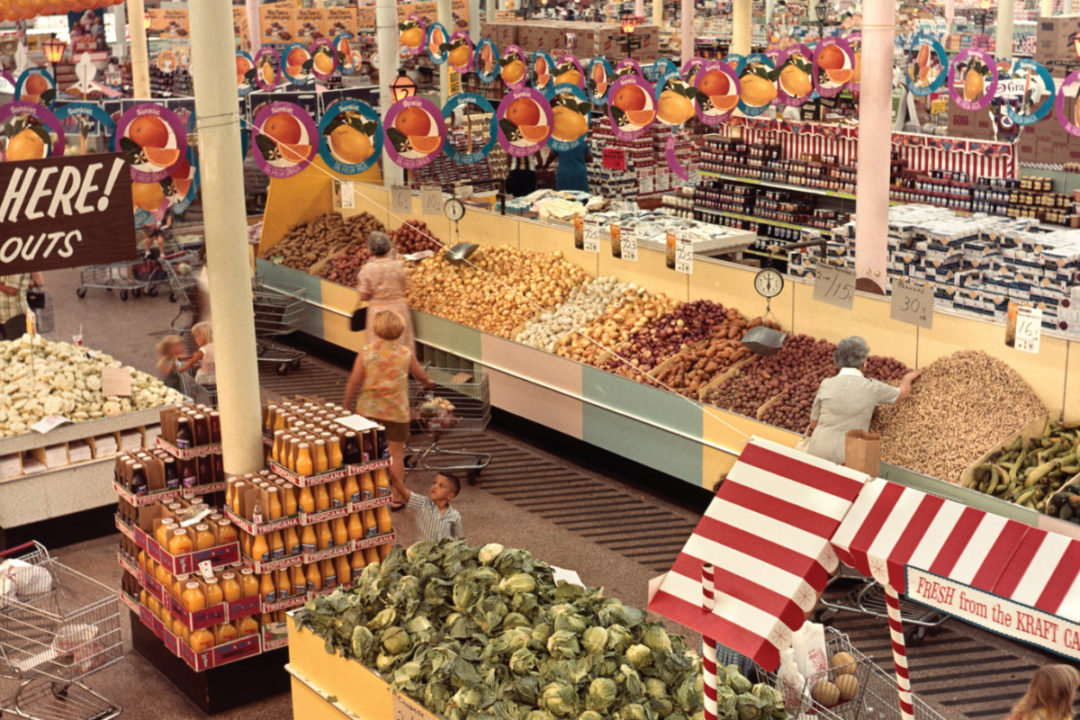
The Rise of Fresh: How the grocery perimeter has changed over the decades
Meat and produce were big. But many stores didn’t even have what we would consider retail foodservice today. And the instore bakery was still a gleam in most retailers’ eyes, if that. Deli prepared? Sure, but it might be fried chicken (but no rotisserie), a few sides, maybe livers and gizzards, and not much else. And forget about grab ‘n go.
Read more here…


